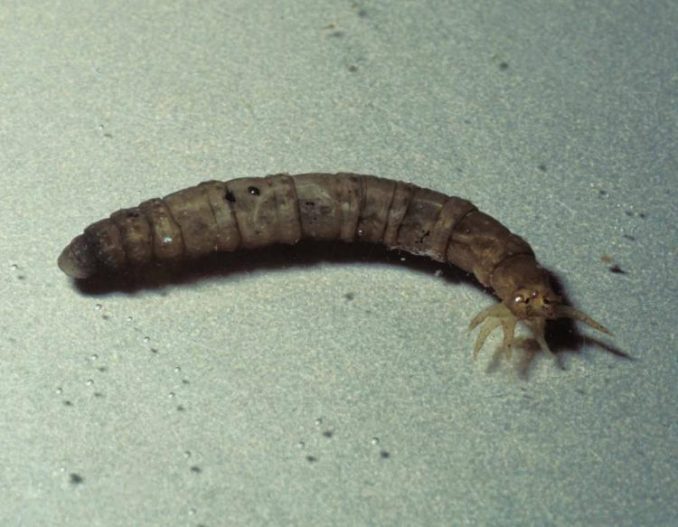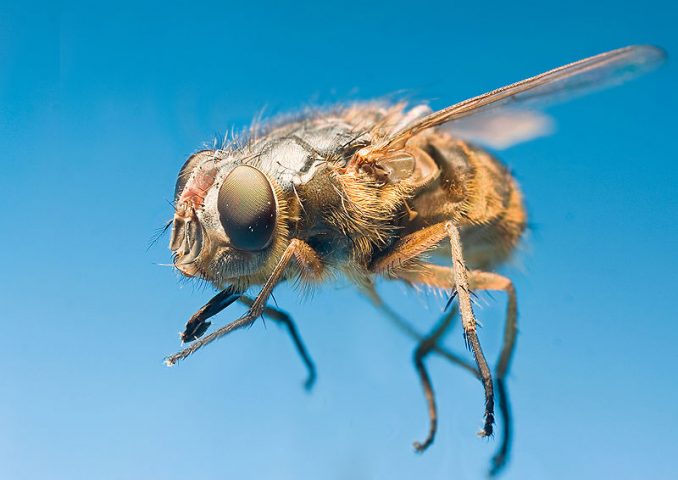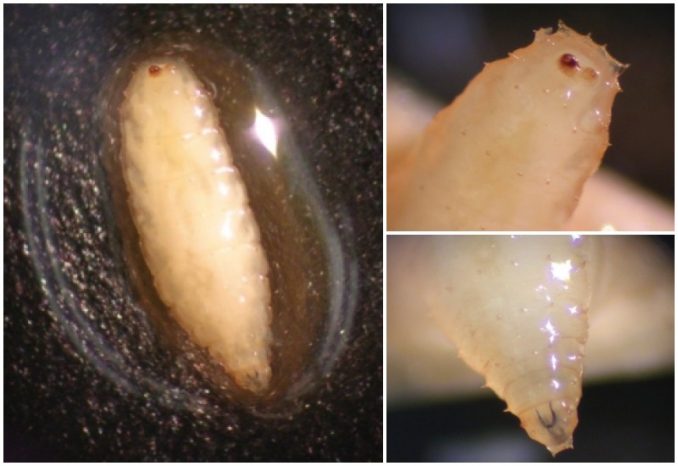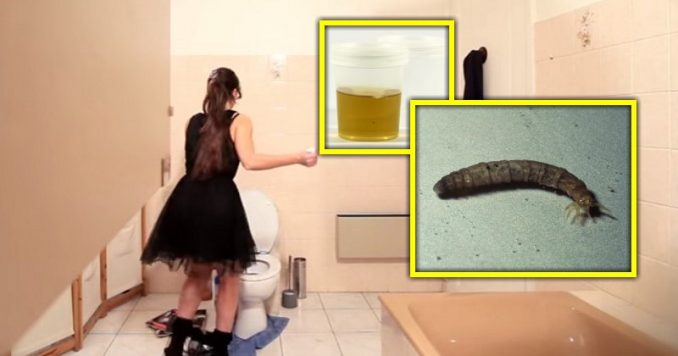For three months, a woman was passing worms when she urinated. Finally, the pain caused by it was too much to bear so she decided to go to the doctor. Even they were disturbed by what they found. Now, she has a warning for others.

An unnamed 50-year-old woman, who had recently relocated from Mexico to Charleston, South Carolina, began to notice a troubling phenomenon when going to the bathroom. Not only did she begin to experience a wriggling sensation when urinating, according to The Sun, she also discovered “worms” (fly larvae) in her urine. But, that’s not all.
As urination became extremely painful and she began to suffer from a pain in her side, she finally visited a hospital in South Carolina and complained that she had seen worms wriggling in her urine over the course of months, Daily Mail reports. She was eventually referred to an infectious disease clinic, according to Australian Doctor Group (ADG).

“The 50-year-old presented to an infectious diseases clinic in South Carolina reporting three months of dysuria (painful or difficult urination) with the intermittent passage of ‘worms’ in her urine,” ADG further explains.
Of course, doctors ran tests, including taking a look at her urine. Sure enough, she was found to have an infestation. However, it wasn’t worms. Instead, it was fly larvae in her bladder, which were then coming out when she passed urine. In fact, her urine sample revealed multiple small, dark, 0.5 cm larvae that were visible to the naked eye.

Further testing revealed that they were a class of Diptera flies that are known to cause a condition called myiasis, which is a term used to describe the parasitic invasion of tissues or organs of vertebrates with the larvae (maggots) of dipterous flies, according to the National Library of Medicine. Myiasis infestations can occur in the skin, eyes, nasal passages, gastrointestinal passage, and the urinary tract, but urinary myiasis is quite uncommon.
Wikipedia further explains, “Myiasis is the parasitic infestation of the body of a live mammal by fly larvae (maggots) that grow inside the host while feeding on its tissue. Although flies are most commonly attracted to open wounds and urine- or feces-soaked fur, some species (including the most common myiatic flies, the botfly, blowfly, and screwfly) can create an infestation even on unbroken skin and have been known to use moist soil and non-myiatic flies (such as the common housefly) as vector agents for their parasitic larvae.”

Typically, urinary myiasis occurs when an individual drinks water that has been contaminated with the fly eggs. The condition is normally only seen in developing countries or in people whose immune systems have been compromised. In this case, the woman did have diabetes, which may have compromised her immune system. Still, myiasis is extremely rare in the United States, ADG reports.
Although the patient reportedly had no idea how she became infected with fly larvae, she did recently relocate to South Carolina from Mexico, where myiasis is more common. Her case study, which was featured in the journal BMJ Case Reports, gives all new meaning to the age-old advice, “Don’t drink the water in Mexico.”

Since the condition is usually only seen in developing countries, the doctors in South Carolina had never seen a case of urinary myiasis before, so they had to consult medical literature in order to treat the patient. After researching, they prescribed a drug used to treat parasites called ivermectin.
After a week of treatment, the patient claimed to be “worm-free.” A camera into her urinary tract by doctors in a procedure called a cystoscopy confirmed that the fly larvae were eradicated.

Still, many wonder how someone lets such a problem go for three months when most of us would be running to the doctor at the first sight of fly larvae in our urine. While some have used her story as a reason to appreciate the fact that seeing a doctor is our first thought in America because we are blessed to have that option, others have come up with a compelling theory regarding the situation.
Some speculate that perhaps this patient’s waiting for 3 months to get treatment may have been a result of her immigration status or lack thereof, which is a frightening thought in and of itself since, if the same is done regarding other communicable conditions, the results could be devastating as diseases we haven’t seen in our country are passed from person to person. What is for sure is that you should see a doctor anytime something living exits your body, and this is just one more reason to refuse to drink the water if you find yourself South of the Border.







